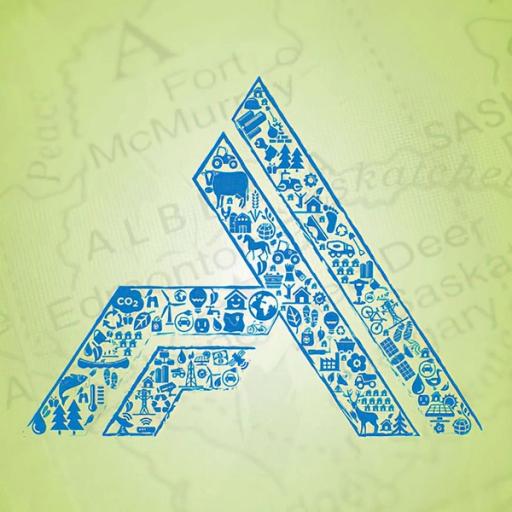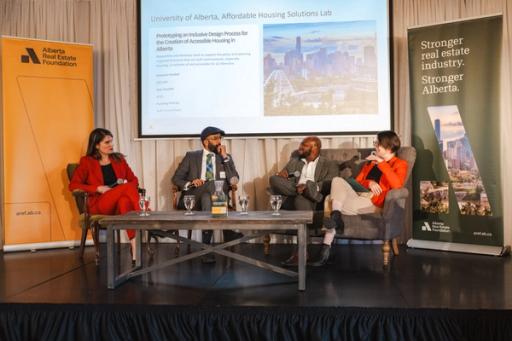May 22, 2015
Unlocking the door to Smart Energy Communities – a Framework for Implementation

Communities – the places where we live, work and play – account for 60% of energy use in Canada, as well as over half of all greenhouse gas emissions (GHGs). In other words, when we invest, plan and implement effectively for Smart Energy Communities, we can have a direct impact on addressing Canada’s energy and GHG challenges.
QUEST believes that there are three fundamental features of a Smart Energy Community that you can view by watching this video.
- First, a Smart Energy Community integrates conventional energy networks. That means that the electricity, natural gas, district energy and transportation fuel networks in a community are better coordinated to match energy needs with the most efficient energy source.
- Second, a Smart Energy Community integrates land use, recognizing that poor land use can equal a whole lot of energy waste.
- Third, a Smart Energy Community harnesses local energy opportunities.
Many cities and communities in Canada have taken ownership over their energy, recognizing the significant impact energy has on the local economy, health and community resilience. These communities are exemplifying some of the features of a Smart Energy Community.
Consider Surrey, British Columbia, where the municipal government is building a district energy system that will efficiently provide heating and cooling to buildings in the City Centre. Surrey is also developing the largest Organic Biofuels facility in Canada which will turn organic waste into renewable natural gas that will replace diesel and gasoline fueling for municipal vehicle fleets.
Consider also Yellowknife, Northwest Territories, which successfully completed a 10-year community energy plan and exceeded greenhouse gas emission reduction targets by 100%, in part by converting from oil to renewable wood-pellet burning heating systems throughout the city.
And finally, consider Guelph, Ontario where the municipal government and electric utility have collaborated to develop the Galt District Energy system, seven solar energy facilities, a small-scale combined heat and power system, and plans for both a large-scale combined heat and power facility and biomass projects. Guelph is also playing host to net-zero residential developments.
These and many other communities are blazing trails – led in particular by the initiative and leadership of the municipal and provincial governments, gas and electric utilities, and real estate stakeholders that make them up.
Though there is no one-size-fits-all approach to becoming a Smart Energy Community, Surrey, Yellowknife and Guelph each use a Community Energy Plan to guide decision making around energy. Lessons learned in these communities can be applied in every community across Canada.
A Community Energy Plan is a tool that helps communities define priorities around energy with a view to improving efficiency, cutting emissions and driving economic development. Community Energy Plans are an important and effective enabler for becoming a Smart Energy Community.
Community Energy Planning: Getting to Implementation in Canada
That is why QUEST has partnered with The Community Energy Association and Sustainable Prosperity, Canada’s leading community energy experts, to launch a national initiative entitled Community Energy Planning: Getting to Implementation in Canada. The objective of this multiyear initiative is to build the capacity of Canadian communities to develop and implement Community Energy Plans. This will be done through the development of a Community Energy Implementation Framework.
Over the next year, the project will be drawing on lessons learned from communities across Canada through research, as well as a series of national workshops, to develop the Implementation Framework. The Framework will help communities navigate the challenges faced when it comes to implementing Community Energy Plans and will provide them with the tools they need to become Smart Energy Communities.
QUEST recognizes that every community will have its own unique set of opportunities and challenges for advancing Smart Energy Communities. The solutions will vary from community to community. The Getting to Implementation initiative is one of the first steps for identifying the success factors and barriers for CEP implementation. Understanding these will bring QUEST one step closer to defining how other communities across Canada can develop and implement Community Energy Plans effectively, and become Smart Energy Communities.
Be sure to attend Community Energy Planning: Getting to Implementation in Alberta on June 18th 9:30 am – 3:30 pm at the University of Alberta. Register here.
By: Eric Campbell, Acting Director, Programs & Service, QUEST and Sarah Marchionda, Manager, Research & Education, QUEST
Topic
Similar News


